Easy Guide: How to Start Investing in ETFs for Beginners Part 1
In this Part, we will discuss ETF Investing. How does it work? How does it help our Portfolio? What are the benefits behind this concept?
So let’s start the ETF Investing
What are ETFs?
ETFs (Exchange Traded Fund) it is a product that provides us the benefit of being invested in the 200 to 250 companies of the index in just less than ₹300. That’s amazing, one more benefit is that in this product the returns are quite good compared to the index funds in the long term race also the expense ratio is very minimum as compared to the other products (Mutual Funds, Index Funds, etc).
HDFC Nifty 50 Index Fund expense ratio (0.20%)
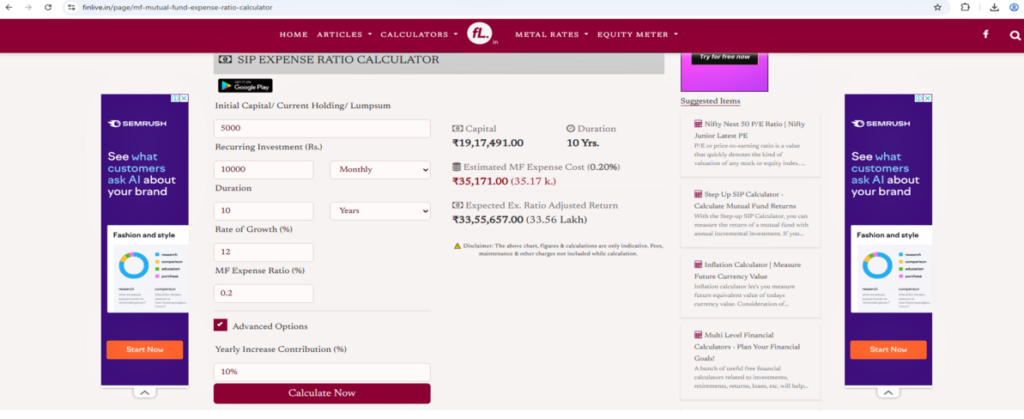
Nippon India ETF Nifty 50 Bees expense ratio (0.04%)
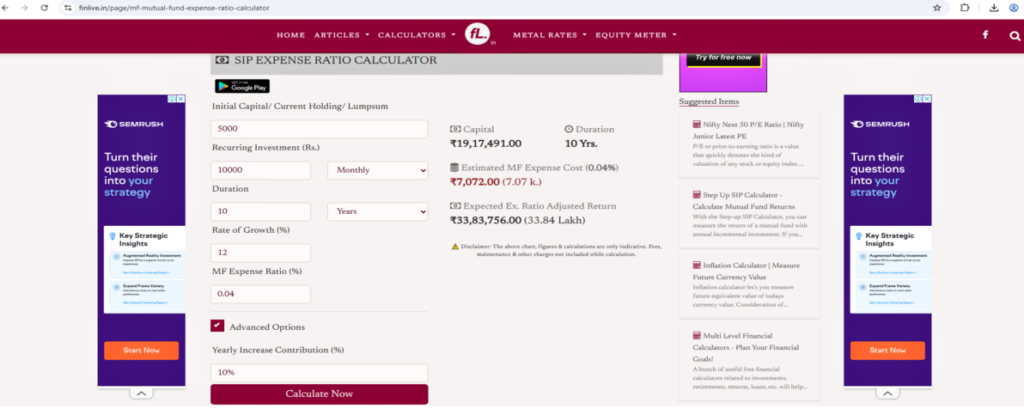
From the above data we can conclude that the Mutual Funds and the ETf’s tends to give similar returns as both are passive investment strategies bgut the point is in case of the ETF the investor had to pay only ₹ 7,072/– as the expense ratio for the gain of the ₹33,83,756/- so the amount is very small in front of the massive gains if the investor had invested ₹5,000/- initially and had invested ₹10,000 regularly as the SIP with the 10% annual step up for the gain of 12% annually.
In the another case HDFC Nifty 50 Index Fund the investor had to pay ₹35,171/– as the expense ratio for the gain of ₹35,55,657/- for the same time duration and startegy as discussed above.
SOURCE-https://www.finlive.in/page/mf-mutual-fund-expense-ratio-calculator
ETF’S ARE THE CLEAR WINNER IN THIS RACE IN TERMS OF THE RETURNS AND THE EXPENSE RATIO.
Now, as we can see, the ETFs have the lowest expense ratio compared to index funds and other mutual funds. They are a great investment when planning to invest in an index, and the returns given by the index fund and ETFs are more or less the same the difference is very nominal in decimals but in long term it matterrs.
The only matter is the charges that the investor has to pay from their pocket.
So, in case of ETFs, we have to pay very nominal expenses to the broker, as for the INDEX FUND, we don’t require a DEMAT ACCOUNT ;but in case of the ETFs ,the DEMAT ACCOUNT is mandatory. This instrument is made for as most of the investors are willing to invest in the index itself, so why pay more for the same returns ,and the difference in the decimals creates a huge difference in the long term.
NOTE – In long term it is clearly visible that the ETFs beats the index fund and the difference is in the form of decimals.
NIFTY 50 INDEX FUND 10-YEAR RETURNS (10.49%)
NIFTY 50 ETF (Nippon India ETF Nifty 50 Bees ) 10-YEAR RETURNS (12.9%)
THESE RETURNS ARE THE AVERAGE RETURNS DELIVERED BY THE FUND AND THE ETF. SEE THE DIFFERENCE. THIS DIFFERENCE OF (2.41%) SEEMS TO BE SMALL, BUT THIS SMALL DIFFERENCE CAN CREATE HUGE RETURNS IN THE FUTURE.
INVESTING STRATEGY
See we are all Investors, we cannot do short selling we have only one option to go LONG and when the market corrects then the best way is to buy the index in the DIPS,as the money is safe in the index in a tense situation.At what speed the INDEX falls then Beyond that speed the index jumps during the pullbacks.
Source- https://in.tradingview.com/
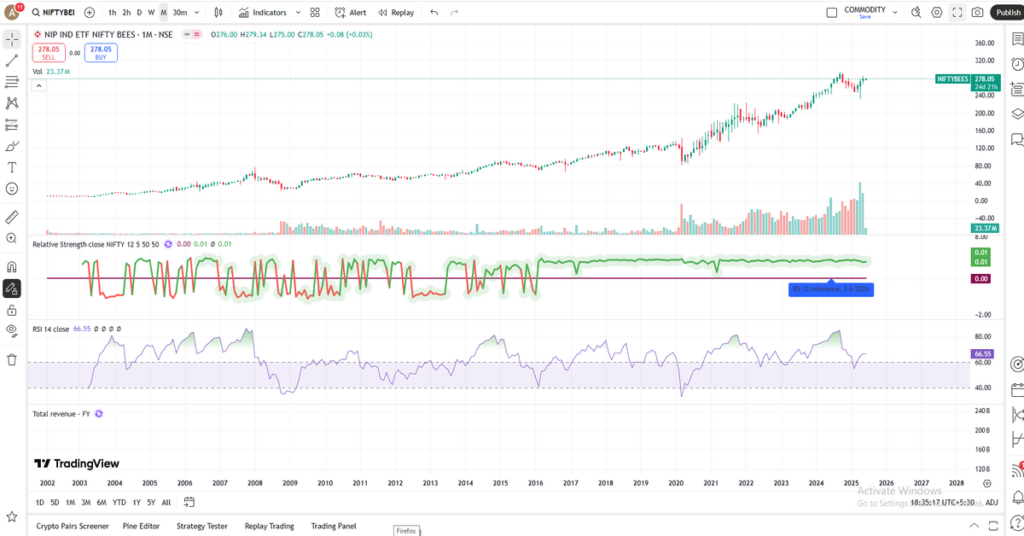
So look at the chart of NIFTY BEES, the stock can be zero but the index cannot.The same logic is used here and we can also for the MID-CAP and SMALL-CAP ETFs as well to get the advantage of mid&small caps in the long run.
BEST MID and SMALL CAPS as of now
HDFCSML250 (SMALL-CAP )
MID150BEES (MID-CAP )
HOW TO CHOOSE THE CORRECT ETFs?
LIQUIDITY
Most of the Investors are buying the ETFs and are holding for the long term to get the extra-ordinary returns so when you want to book the profits then on any problem should arise (i.e when you want to sold the quantitites then if any liquidity issue occurs then we can’t even sell them to book the profits), So to avoid this kind of issue we should select the one having huge AUM under it, so that no any liquidity issue.
SOURCE –Tickertape
Go to tickertape website and follow these simple steps
1.SIMPLY CREATE AN ACCOUNT BY CLICKING ON THE (SIGN UP / LOGIN).
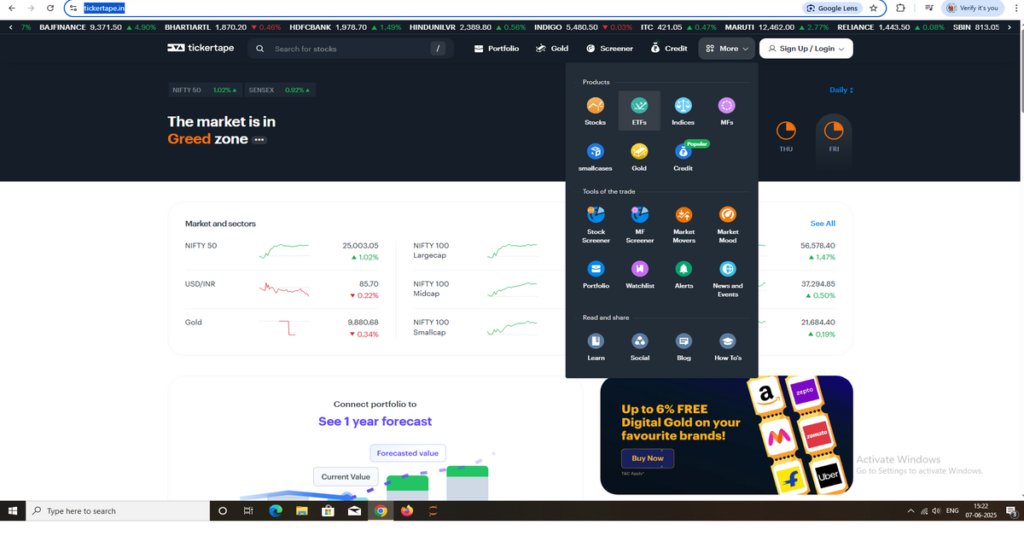
2.CLICK ON THE MORE ICON AND SELECT THE ETFs.
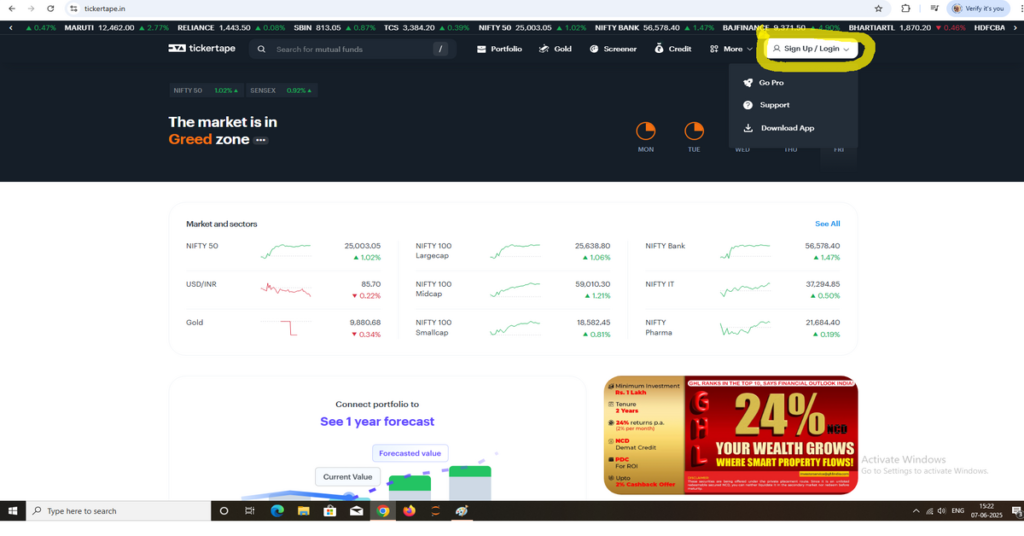
3. CLICK ON THE SEARCH BAR AND SEARCH FOR THE REQUIRED ONE NOW HERE WE ARE SEARCHING FOR THE SMALL CAP.
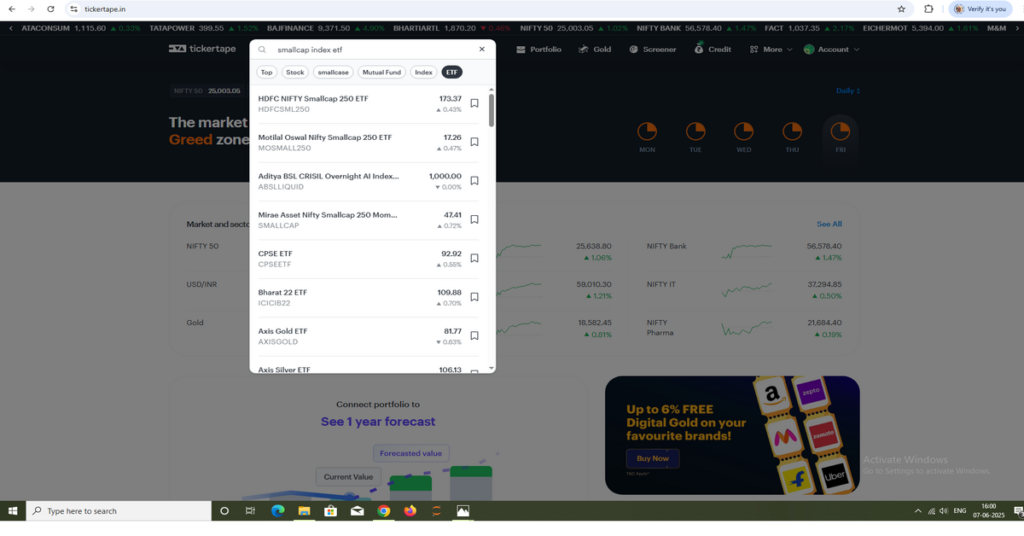
4. ANALYSE THE RISKS,AUM and RETURNS AS GIVEN ABOVE

IMPORTANT NOTES
- AUM SHOULD BE ATLEAST 500CR (i.e. it should be of ₹500 cr or above, then valid for our analysis).
- DO CONSIDER THE ETF HAVING LESS EXPENSE RATIO(GENERALLY LESS THAN 1 IS GOOD, BUT IF IT IS MORE LESS THEN IT IS MORE BENEFICIAL ex.0.31 and 0.20, then 0.20 is great).
- IF ANY ETF IS ELDER IN THE MARKETS, THEN PREFER THAT ONE .
- DO CHECK THE 5 YEAR RETURNS.
EX. If we need to analyse the above excel then, in this case I had considered the top 5 ETFs as per the AUM criteria.In case of small-cap etfs there are only 3 exists.After defining the universe (i.e. the index which is good for your risk profile, NIFTY50 for low risk, NIFTY NEXT 50 is again the low risk,MID-CAP index, THE HIGHER RISK, SMALL-CAP INDEX, THE MOST RISKY )But in long term your risk is quite low so you may consider the combination of the mid and small-caps as well for extreme returns in long run.
IN CASE OF SMALL-CAP [HDFC Nifty Smallcap250] is the best one, why? all the criterias are fulfilled the AUM is great as the higher amount in the aum reflects the confidence among the investors,also expense ratio is very low as compared to peers, and returns are maximum in comparision.SO WINNER IN THE SMALL-CAP UNIVERSE.
IN CASE OF MID-CAP THE [NIPPON INDIA ETF NIFTY MIDCAP 150] is best choice as the AUM is a huge amount as compared to the comparison,ELDER one in the markets, and a decent nominal expense ratio. THE CLEAR WINNER OF THE MID-CAP UNIVERSE.
DO THESE KIND OF ANALYSIS BEFORE INVESTING IN THIS INSTRUMENT AND TRY TO BUY THEM WHEN THE MARKETS FELL OR CORRECTs, the best insurance for your portfolio because in tense times the portfolio goes red and we sell out the most important stock from the portfolio and when markets rises then again they behaves like ‘SKY IS THE LIMIT.’ We are in regret emotion why I sold this hero stock from my portfolio. In these scenarios, this instrument sits well and we can buy the whole company in the index for less than ₹300.
SEE YOU IN THE PART 2 WHERE WE ARE GOING TO GO THROUGH THE GOLD AND SILVER ETF INVESTING.
Do follow us at https://billionairepathak.blogspot.com/
Check Out the Other Posts –
Is stock market investing worth it (link)- https://bullishblogger.com/is-stock-market-investing-worth-it/
Check out the MUTUAL FUNDS MASTERY SERIES
PART 1- https://bullishblogger.com/mutual-funds-mastery-part-1/
PART 2 –https://bullishblogger.com/mutual-funds-mastery-part-2/
PART 3 –https://bullishblogger.com/mutual-funds-mastery-part-3/
TILL THEN STAY HUNGRY STAY BULLISH


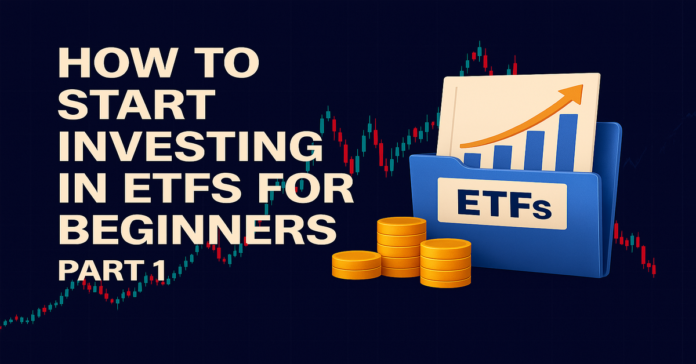






[…] these instruments? All this we are going to cover in this part. I request you all please go through part 1 for more clarity […]
[…] to one more exciting post, till now we had discussed the Important Rules, Mutual Funds, and ETFs, which are quite essential for the beginner to understand the markets but as we upscaling so we are […]